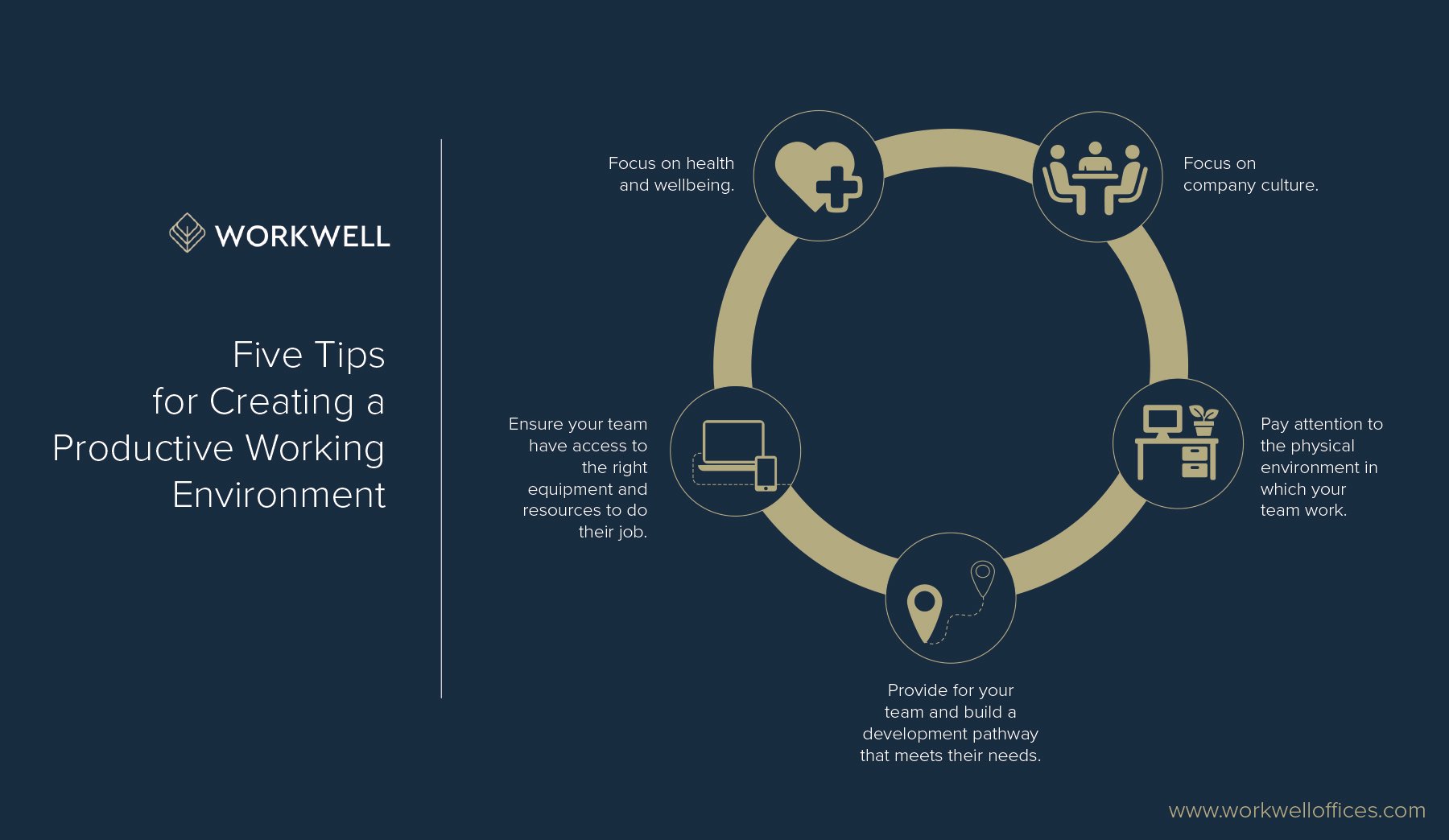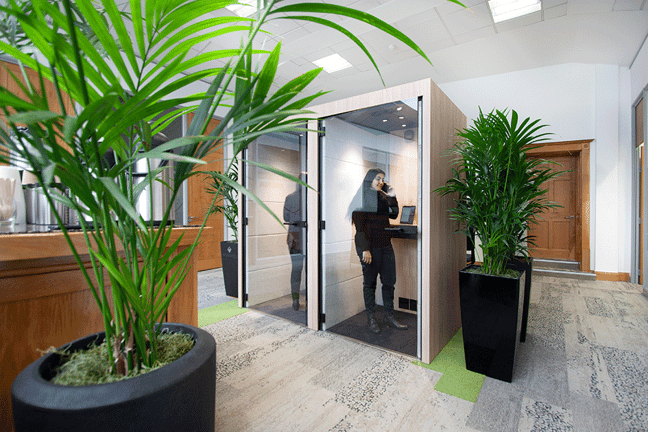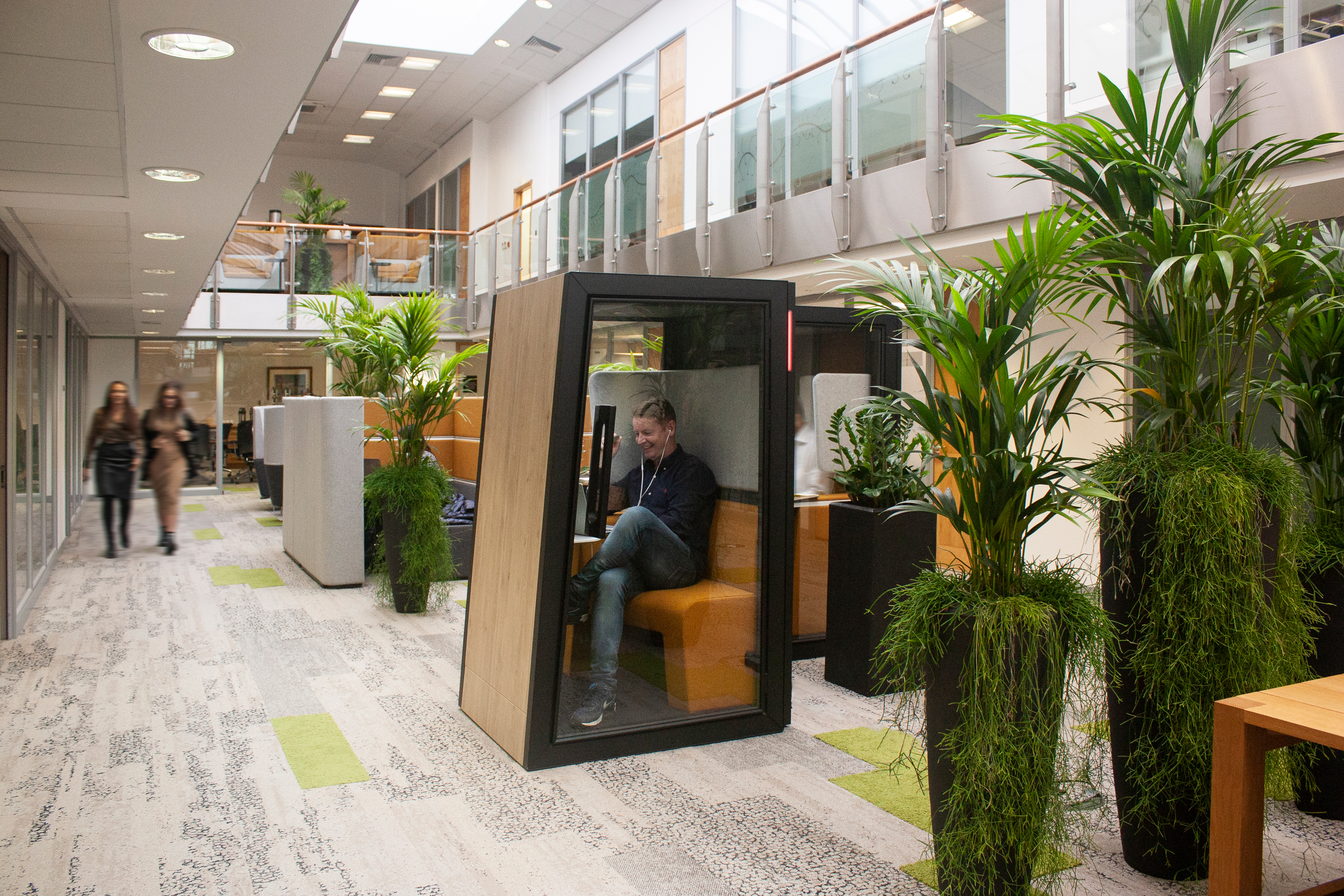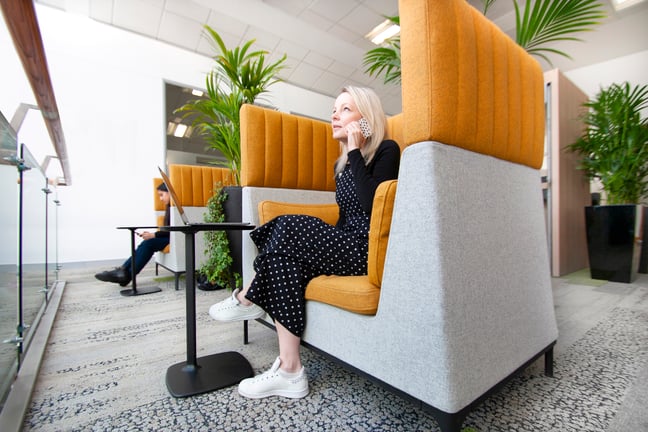As you may have already read in a previous WorkWell blog, the working environment is a culmination of work function, work style, workforce and workspace. All of these elements are designed to maximise team and business output and maintain organisational health by optimising resources.
At WorkWell, we’re passionate about creating working environments that help to build, promote and retain your team. And when we talk about the working environment, we don’t just mean the four walls that make up an office, we’re talking about the space in which you work, your style of work, your team culture and the working atmosphere you and your team create.

1. Focus on company culture
Company culture is strongly linked to team productivity, more so than many business leaders like to believe. But what’s important is understanding the relationship between the two and how one can impact the other.
Company culture gives your team that feeling of belonging and has the power to influence the individual mindset of your team, everything from how they perform, how engaged they are at work, to how they collaborate and their overall well-being.
It’s therefore important to harness a positive company culture that aligns with your team's work style. Gone are the days of a cut-throat, high-pressure, take-no-prisoners culture, as research continues to show that this just doesn’t work, and is more likely to create a disengaged team and a high turn of staff extra costs that your business could avoid.
A culture that encourages your team to feel connected and fosters collaboration will help encourage a positive, productive working environment. A leadership style that encourages teamwork and open and honest communication is vital in achieving this.
Creating an inclusive working environment is also key, an environment that embraces and values individual and group differences in the workforce is integral to building this.
Creating a culture of reward for your team will only further enhance their feeling of value and continue to motivate them to do a good job.

2. Pay attention to the physical environment in which your team works
The physical environment and condition of your workplace plays a vital role in creating a productive working environment for your team. You’re likely to find your workforce is disengaged and less productive if the physical environment they are working in doesn’t suit the work function. This has been a big challenge, particularly during the pandemic with many workers not having the physical space in which to work productively from home.
And as we said previously, the physical environment is about much more than just the four walls of an office. The space in which you work has to compliment your work function and style otherwise it’s unlikely to succeed.
Everything from natural light to temperature needs to be taken into consideration when looking at the physical environment in which you work. Let’s take natural light for example.
According to research from the National Renewable Energy Laboratory, those who work in natural lighting stayed on-task for 15% longer than those who worked in artificial lighting only.
This is one reason we ensure every workspace solution across our sites is bathed in natural light.
Also offer your team a variety of workspace options for different tasks. For example, if collaboration is an integral part of their day-to-day work, then a space that they can access ad-hoc to work as a team is vital. Whereas, if your team needs space and time to focus, then an environment away from the hustle and bustle of the office is important in harnessing their productivity.

3. Provide for your team and build a development pathway that meets their needs
Making employee development a priority within your company culture ensures your team stays well-informed on industry trends and best practices, as well as equipped with new skills. This in turn helps keep them motivated and productive in their work.
Without a development pathway, many team members may become disengaged and may not be working to the same business goals as you and the business. Therefore, having a pathway in place is key to not only creating a productive working environment but in maintaining team engagement.
Employee development is proven to help grow and retain talent. Employees want to feel valued in what they do and are more likely to remain in a role if they have a development pathway mapped out for them. It also helps members of your team hone in on their strengths and grow their skills which better equips them for their current roles.
4. Make sure your team have access to the right tools, equipment/resources to do their job
It’s almost impossible to be productive if you’re not armed with the right tools, equipment and resources in which to do so. Making sure your team have everything they need, from access to technology to the right workspace needed to perform at their highest level.
Technological advances over the years have made the jobs of many much more efficient, but there are still organisations who fail to embrace technology and can therefore be failing to supply their team with the tools they need to work as efficiently as possible.
Asking your team on a regular basis what tools they need to perform at their highest level is a good place to start.

5. Focus on health and wellbeing
It doesn’t take a genius to know that a stressed out or burned-out team isn’t going to be as productive as it should be, which is why focusing on the health and well-being of your employees is so important in building a positive and productive working environment.
Well-being is about creating working environments and systems that support employees. Listening and responding to the needs of your team, both in and outside the workplace, is key to building a workforce that is engaged at work and performs to their best.
It has also been proven that improved wellbeing in the workplace can reduce cases of absenteeism, and therefore correlates to higher productivity and happiness amongst your team. It also then has a knock-on effect to your company’s profitability and efficiency.
If you’re unsure about whether your team’s well-being is affecting their productivity, then go directly to the source. Find out how secure and supported they feel in their role, if they are satisfied with their work, and how happy they feel, and you may be surprised with the answers.
At WorkWell we understand the importance of well-being in the workplace which is why one of our key features is our access to outdoor space. Taking just 5 minutes to get some fresh air during the day not only helps with employee engagement but ultimately business growth.
For more tips and advice from the WorkWell team sign up to our blog here.
